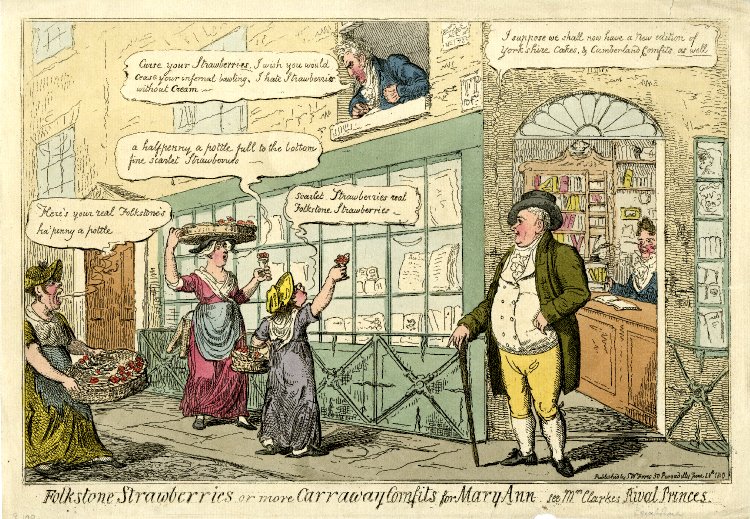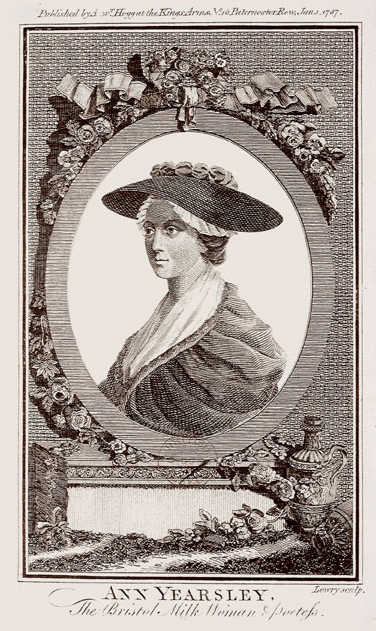
I did a post at Risky Regencies about Regency ghosts!
Completely silent ghosts became the norm to a much greater extent over the course of the nineteenth century. Generally ghosts who did speak were wrong-righting ghosts. (Although there were exceptions! In 1706 Mr. Shaw, a fellow of St John’s College, Oxford, chatted with the ghost of a dead colleague for two hours before receiving word of his untimely death.) Murder victims were the most common. Conflicts over inheritance were also a big one: “Mother’s ghost appeared to me and she says I get the antique dining set!”







